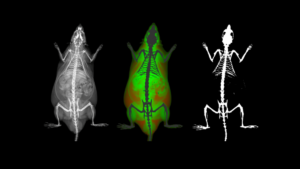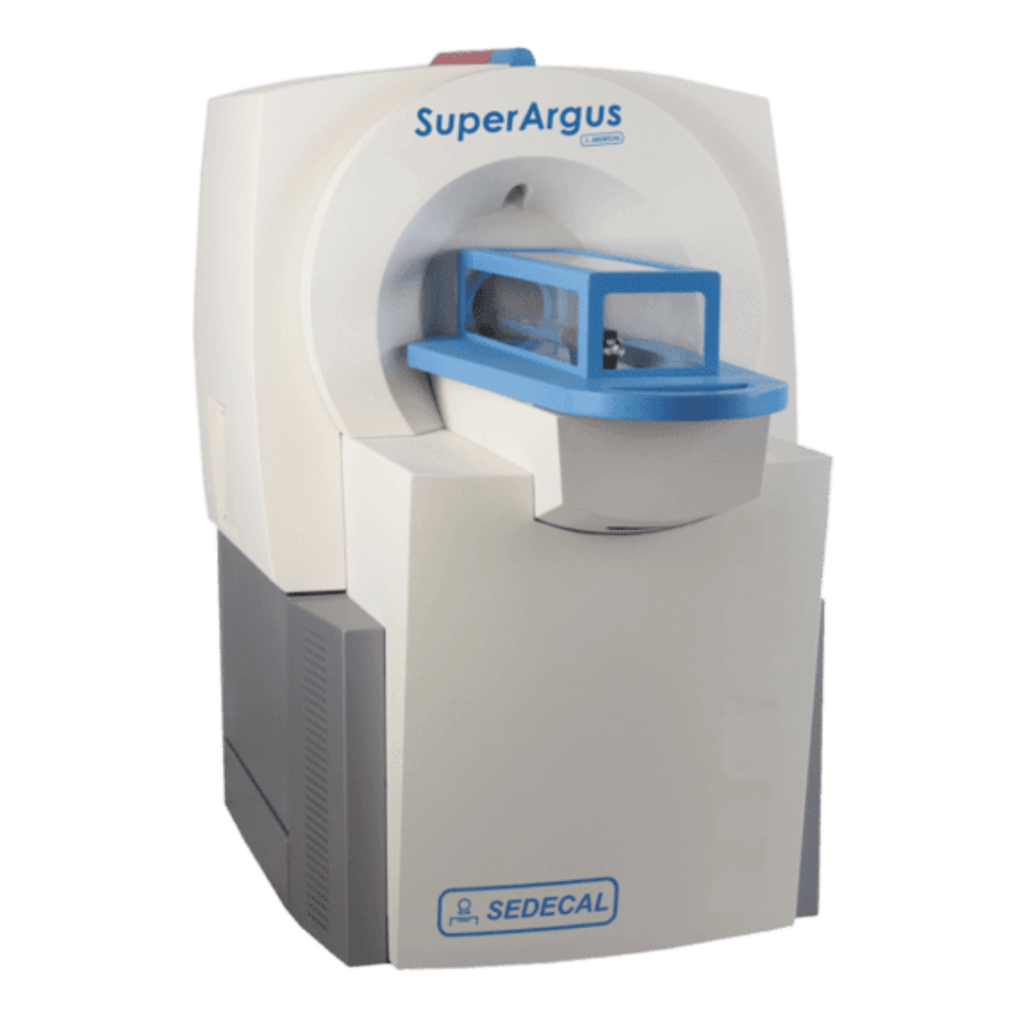Modality Review: Introduction to PET for Preclinical Imaging
When to Consider Using PET
Nuclear imaging modalities include positron emission tomography (PET) as well as single photon emission computed tomography (SPECT), which both detect gamma radiation emitted from a radionucleotide injected into an imaging subject. This section will focus on preclinical PET imaging.
In all cases of PET imaging, a radionucleotide labelled compound must be injected into the imaging subject, a variety of radionucleotides may be used, including Carbon-11, Nitrogen-13, Oxygen-15, Fluorine-18, etc. The choice of which radionucleotide to use depends on the compound being labelled, as well as on the half-life of the nuclide. When using something labelled with Oxygen-15 for example, with a half-life of 2.07 minutes, one must be in close proximity to the creation of the agent and the imaging system. While studies using Fluorine-18, with a half-life of 110 minutes, have much more freedom in proximity to the imagine system and how the radiopharmaceutical is created.
Adaptation of clinical PET technology to preclinical, small animal, imaging must consider not only the increased resolution, but also increased sensitivity, that is required to image small animals such as mice, rats, as well as some of the larger species used in preclinical imaging including rabbits, and non-human primates. In preclinical work, often novel tracers or techniques are being developed and tested, and production of these compounds can be relatively expensive, limiting the injected dose may be of upmost importance in these studies.
PET imaging is typically used preclinically in areas of cancer biology, neurology, cardiac imaging, as well as pharmacokinetics and dynamics.

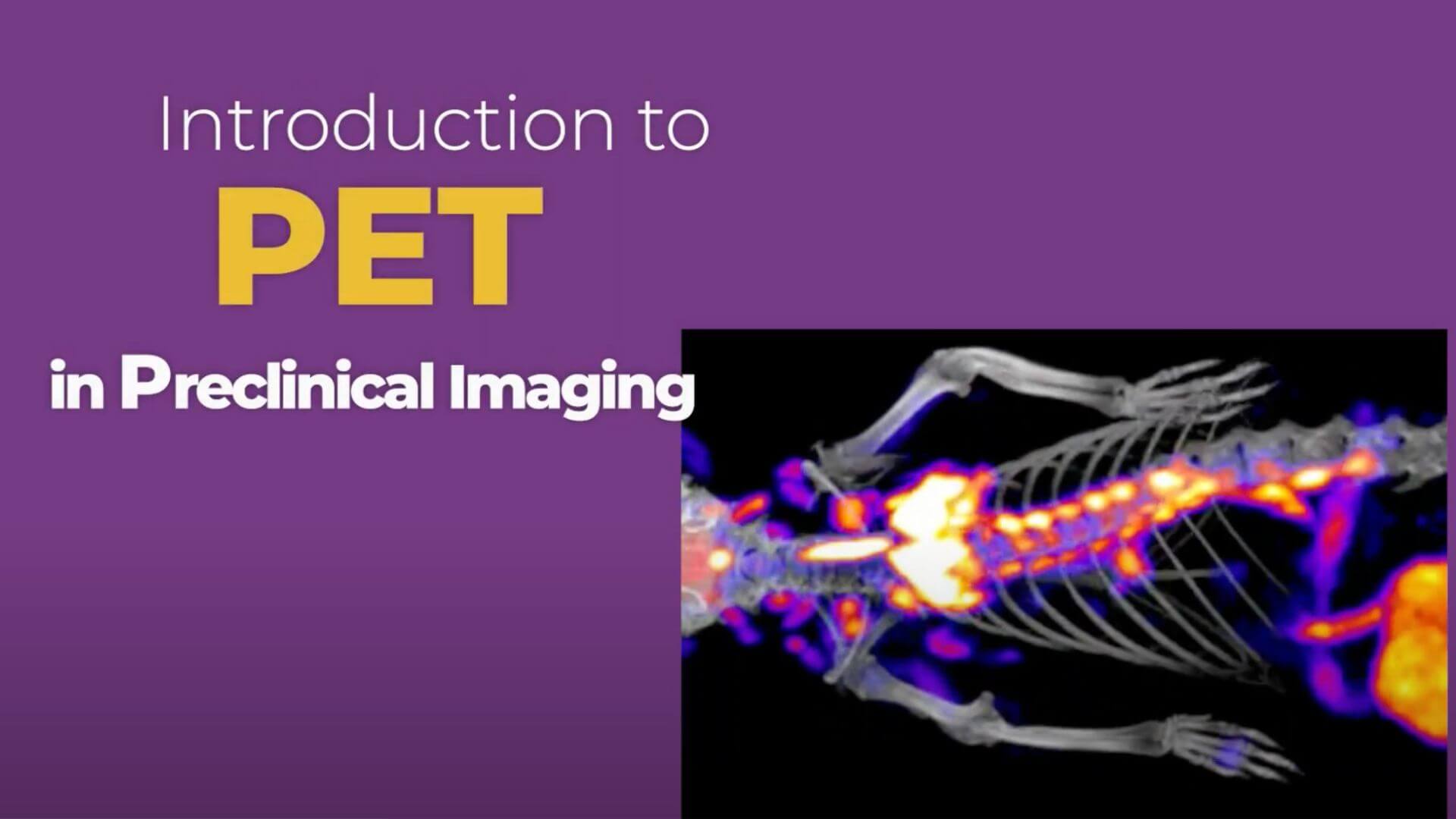
Multimodal Imaging
PET provides novel molecular information, however without a reference to the anatomical location from which the signal originates it can be difficult to infer additional information. Most common is to perform sequential PET and CT or MR imaging.
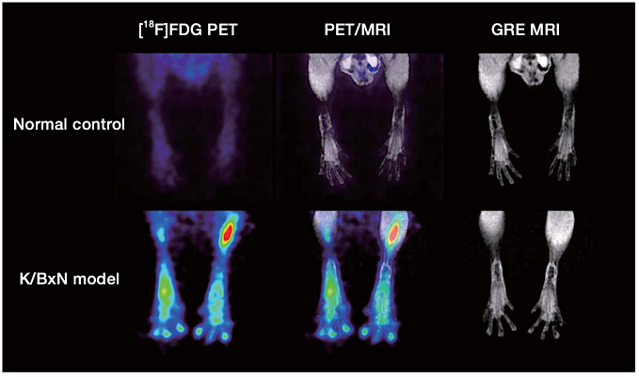
Also possible with some more advanced scanners is the ability to do multiplex PET imaging, that is to combine the use of multiple radionucleotides in the same acquisition, and then in post processing to differentiate the signals coming from each. In this situation a traditional PET agent, which relies on the detection of the two photons emitted during an annihilation event, and a radionucleotide which emits a third photon is needed. In this way the system electronics can determine the source of the recorded signal, and differentiate the two radionucleotides.
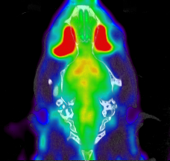
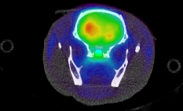
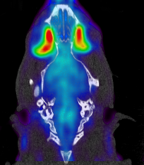
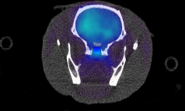
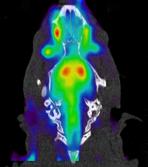
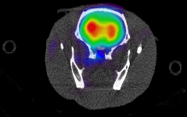
High Performance PET Systems
The SuperArgus PET systems are manufactured by Sedecal and distributed by Scintica. These systems utilize a unique phoswhich scintillation crystal composed of GSO (gadolinium orthosilicate) and LYSO (lutetium yttrium oxyorthosilicate) layers. These specific materials were selected because of their different reactions when hit with a gamma ray. This allows the detectors to provide additional information about where along their overall height of the detectors the gamma rays were encountered, providing true depth of interaction (tDOI) information. The additional information can provide additional lines of response (LOR) from the positron emitting source. Combining the tDOI and additional LOR allow for correction of the parallax error, which ultimately improves the resolution of the image as the sample moves out from the center of the field of view; this allows more of the bore size to be used for effective imaging. This becomes increasingly important when multi-animal imaging is performed to increase the throughput of the system. Additionally, the phoswich detector is 15mm thick, and with increased thickness comes increased sensitivity of the system.
In addition to routine PET imaging, the SuperArgus PET systems can also perform real-time imaging, allowing for conscious awake imagining. This type of imaging becomes important in neurological disease models, where the effects of anesthesia are detrimental to the study outcomes. Using fiducial markers on the head of the imaging subject, images may be reconstructed into 3D or 4D images over time.
Finally, the SuperArgus system is one of the only systems on the market capable of performing Multiplex PET imaging. As described below, this is where two isotopes are injected – one standard and one non-standard – and the resulting images are able to localize each isotope individually.
The SuperArgus PET systems are typically combined with the SuperArgus CT systems to provide a rapid, high resolution, anatomical image. For the Compact PET system, the bed is simply moved from one to the other of the Compact CT system.
The SimPET manufactured by Brightonix, distributed by Scintica, utilizes the state of the art silicon photomultipliers (SiPM) allowing this system to be inserted within an MRI (magnetic resonance imaging) system providing truly simultaneous PET/MRI. The SimPET may also operate as a stand-alone PET imaging system. The SimPET utilizes a single layer LSO (lutetium oxyorthosilicate) crystal that is 10mm thick, providing sub millimeter resolution and high sensitivity across the entire field of view. There are a variety of models to image small animals such as mice and rats, all the way up to small non-human primates. These systems have been specifically designed to fit within many of the third-party MRI systems on the market, including the M7 from Aspect Imaging, also sold by Scintica.
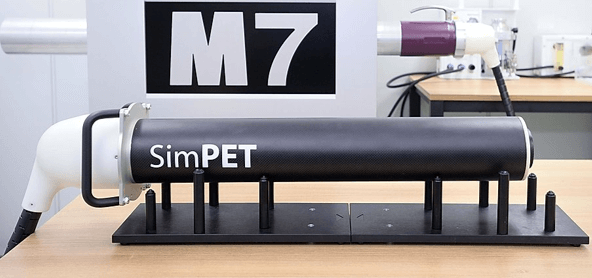
Understanding the Basics of Positron Emission Tomography
Radiopharmaceuticals used for PET imaging are typically labeled with a beta emitter, which decay through positron emission – in which a proton within the nucleus is converted to a neutron with the simultaneous emission of a positron and a neutrino. As the positron travels through tissue, it will lose energy until it annihilates with an electron, resulting in the emission of two photons. The presumption is that both the electron and positron were at rest prior to the annihilation event, then the resulting photons are emitted in opposing directions.
While SPECT imaging relies on a physical collimator to localize where the gamma rays originated, PET imaging utilizes the detection of two annihilation photons by opposing detectors as a means of electronic collimation. Each pair of opposing detectors can be thought to define a line of response (LOR). By measuring the time of flight of the two detected gamma rays, the source position along the LOR can be determined. Of similar importance is the thickness of the crystal material, the thicker the crystal the sensitive the device. Depending on the crystal and system design, additional information about the depth of interaction (DOI) can play an important role in improving the spatial resolution at the edges of the field of view. To increase the DOI capabilities of a system, crystals with two layers have been developed, either of the same or different materials.
To reconstruct a 3D image the system organizes the number of counts along each LOR which connects a detector pair. Reconstruction algorithms then model the distribution of the counts, however some physical effects which take place during image acquisition are not considered in these reconstructions. Filtered Back Project (FBP) has been the most widely used analytical reconstruction algorithm. There are however newer reconstruction algorithms based on statistical and iterative approaches which include estimates of the image taking into account some of the physical processes which are not considered in the analytical techniques, including geometrical and detector effects, yielding improved image quality especially when there are low levels of counts. The most commonly used reconstruction algorithms used both clinically and preclinically are based on the principles of ordered subsets expectation maximization (OSEM) as an accelerated algorithm which improves reconstruction times.
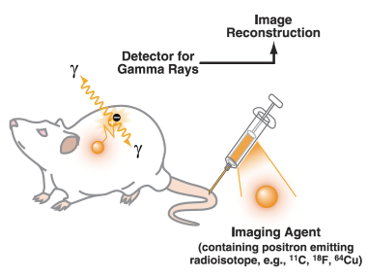
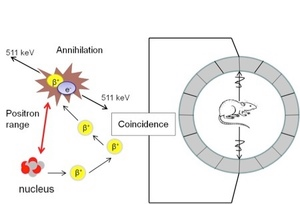
Our Next Modules
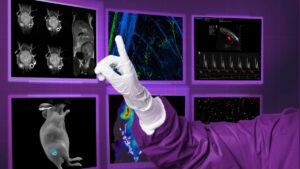
Available Now
Preclinical Imaging Modalities
As we begin to explore the idea of multimodal imaging, let’s first start to explore the variety of preclinical imaging modalities that are most commonly used by researchers around the world.
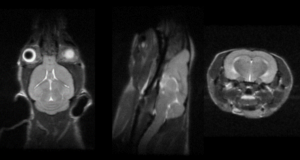
Available Now
Modality: MRI
MRI is considered the gold standard in soft tissue imaging, both in the clinic on patients and by researchers on a wide variety of preclinical imaging subjects.
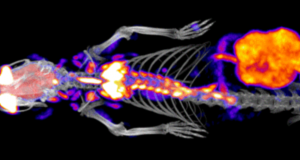
Available Now
Modality: CT
Computed Tomography (CT) is one of the most commonly used clinical imaging techniques, next to perhaps ultrasound.
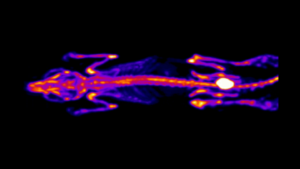
Available Now
Modality: PET
Nuclear imaging modalities include positron emission tomography (PET) as well as single photon emission computed tomography (SPECT), which both detect gamma radiation emitted from a radionucleotide injected into an imaging subject.
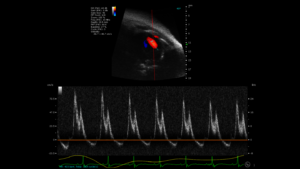
Available Now
Modality: Ultrasound
Ultrasound (US) imaging is one of the most commonly used diagnostic techniques clinically, and is widely used in preclinical imaging as well. It is a safe, non-invasive, and relatively inexpensive technology compared to some of the other available imaging modalities.
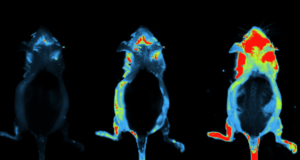
Available Soon
Modality: Optical
When discussing Optical Imaging techniques in this series, the meaning is to cover bioluminescence (BLI) and fluorescence (FLI) imaging. T
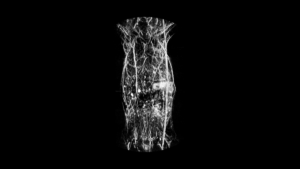
Available Soon
Modality: Photoacoustic
Photoacoustic (PAI) imaging is a technology which combines the sensitivity of optical imaging with the depth of penetration and resolution of ultrasound imaging.
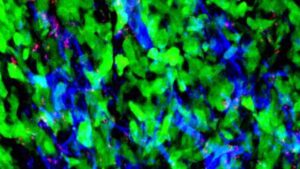
Available Soon
Modality: Microscopy
